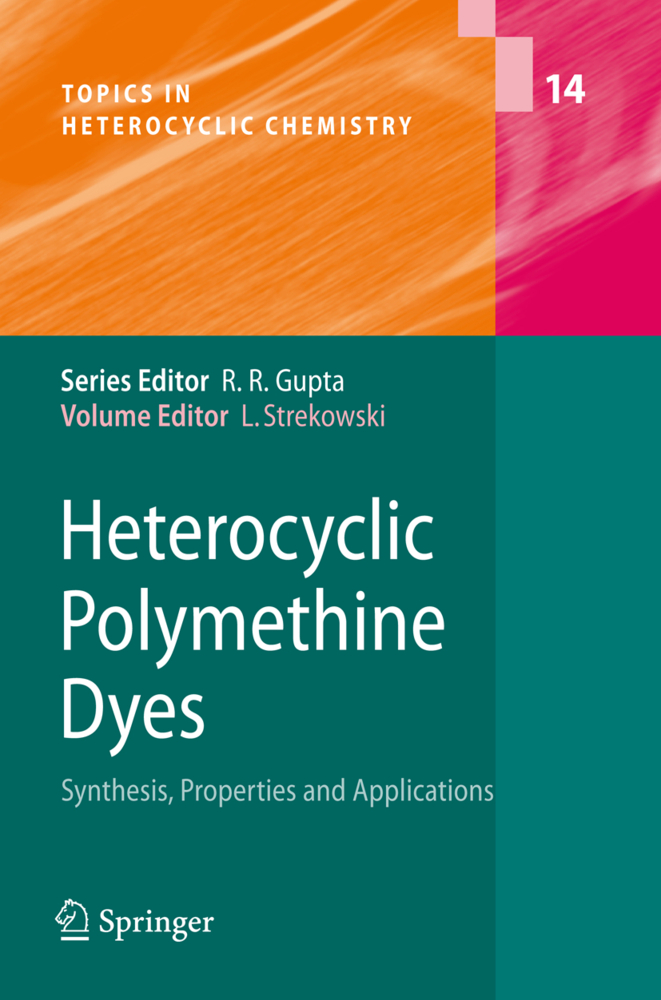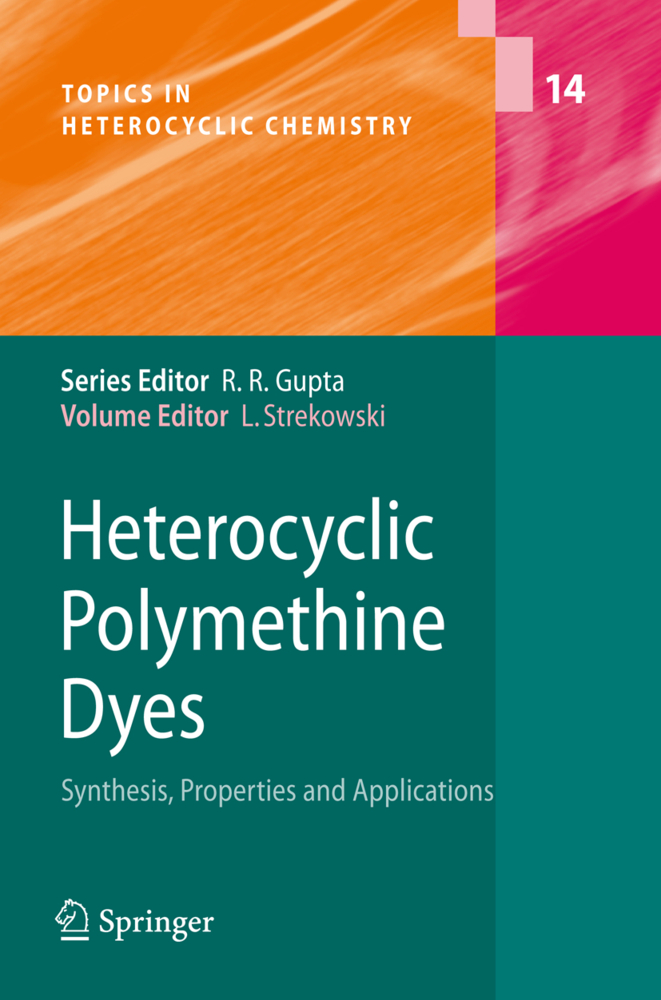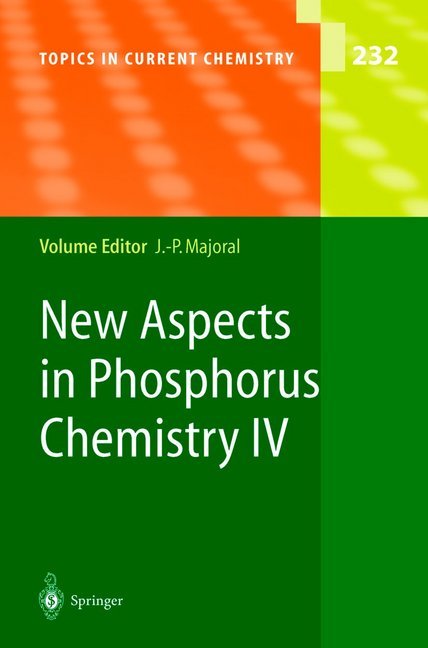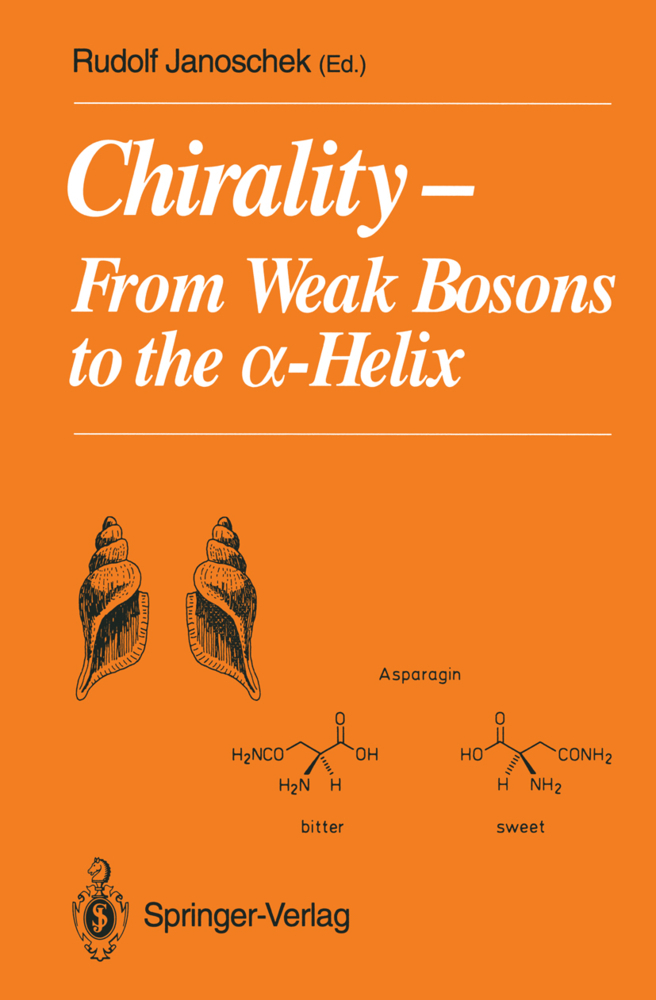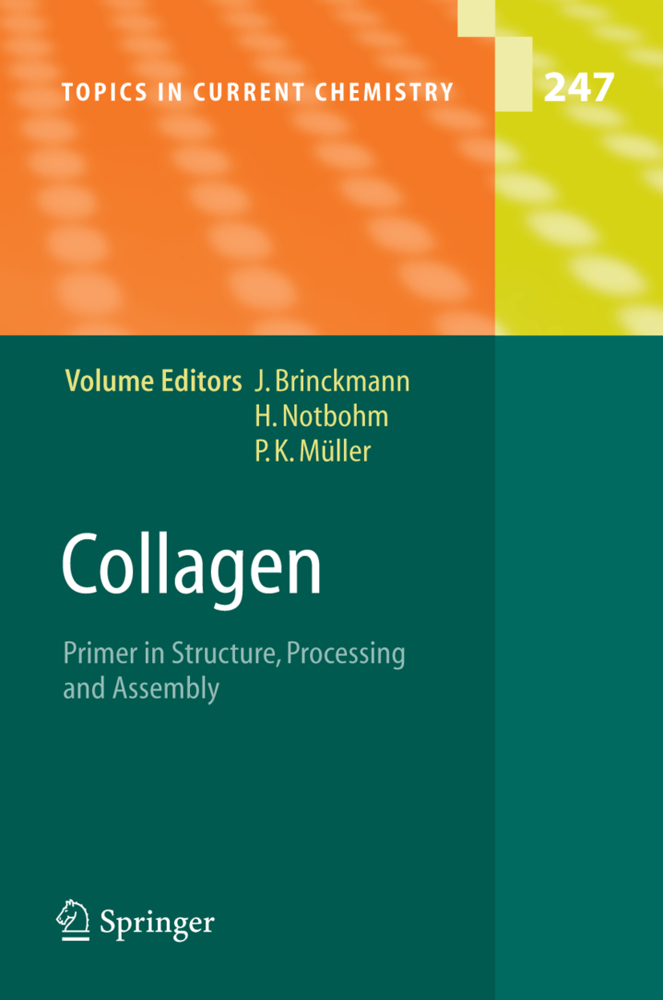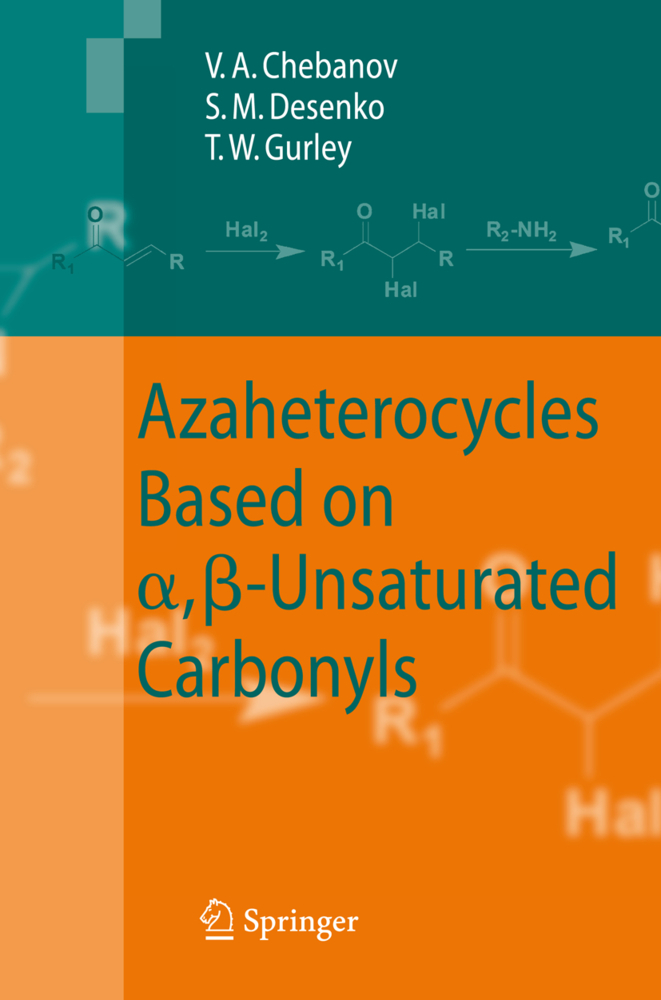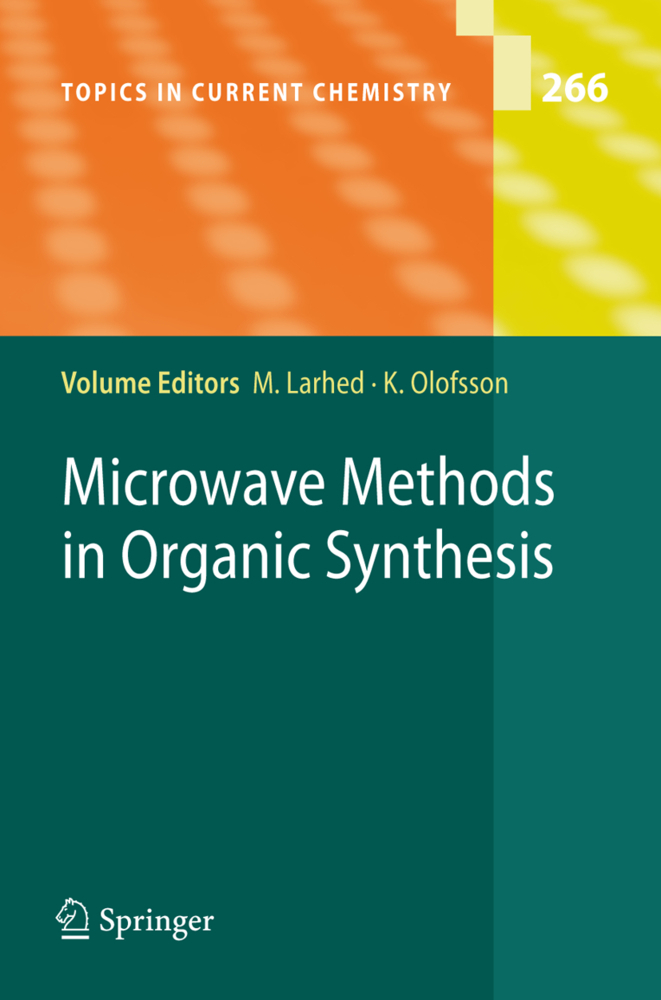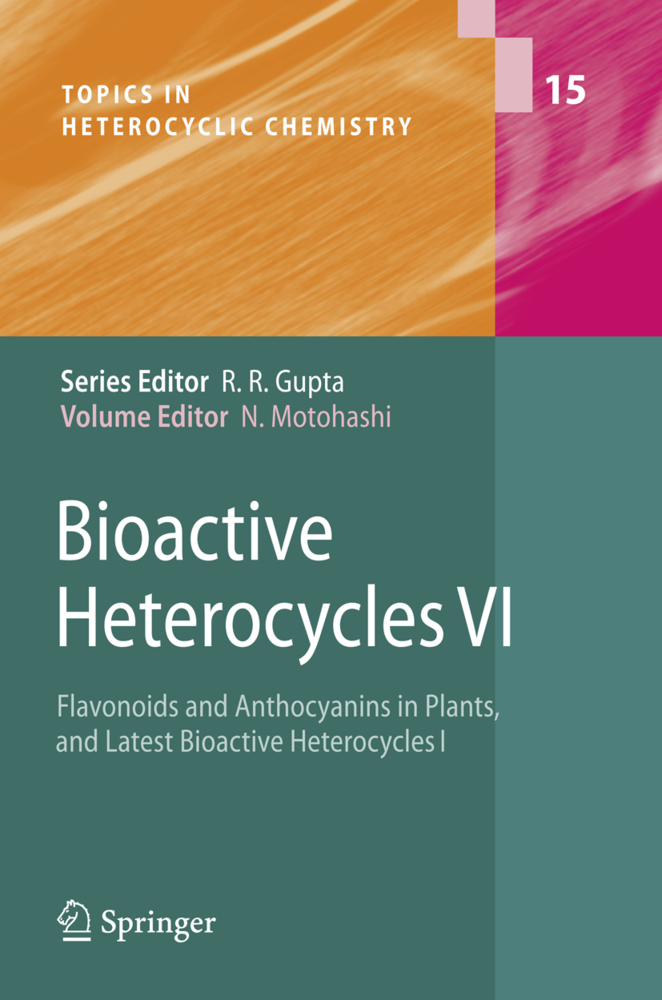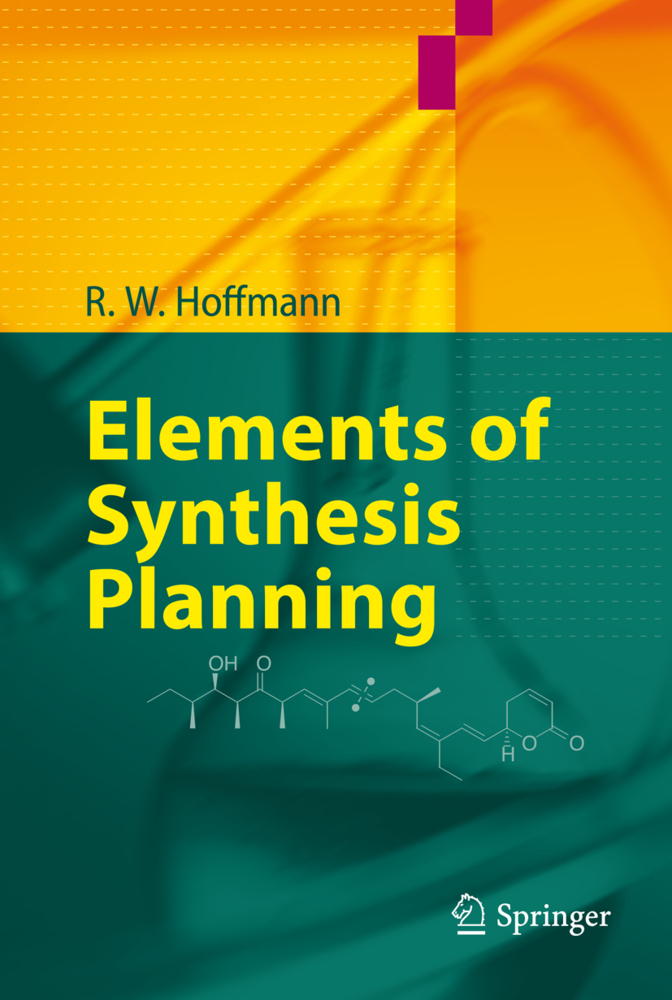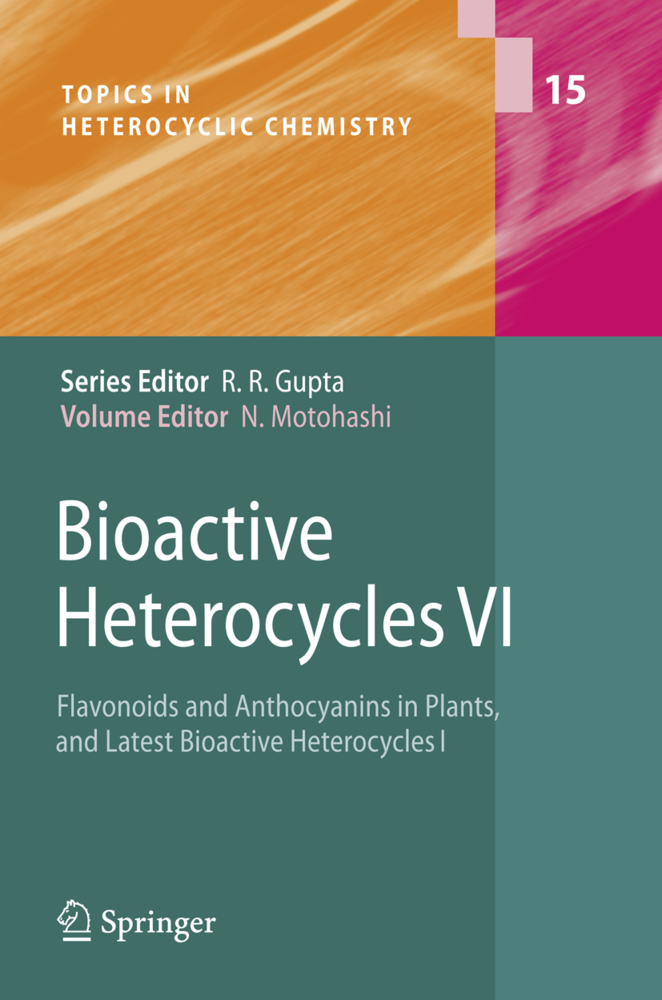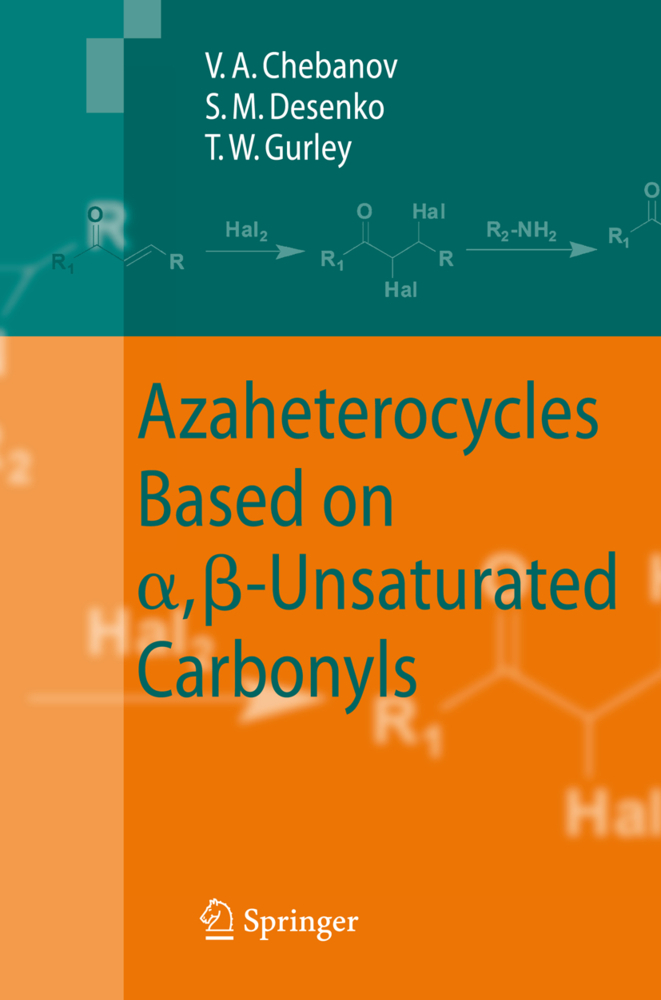Heterocyclic Polymethine Dyes
Synthesis, Properties and Applications
Heterocyclic Polymethine Dyes
Synthesis, Properties and Applications
This treatise pertains to dyes composed of a central polymethine moiety and two cyclic terminal subunits. The polymethine linker can be unsubstituted or substituted, and at least one terminal subunit is a heterocyclic system. The classes of compounds reviewed range from classical cyanines, ?rst s- thesized in the 1850s, to hemicyanines, to styryl dyes, to merocyanines, to coumarinpolymethines, andtosquarylium dyesthatweresynthesized forthe ?rst time in the 1960s. These structurally diverse classes of compounds have one commondenominator, namely electronconjugation that involves the t- minalheterocyclic/aromaticsubunitsandthecentralpolymethinelinkerofthe molecule. Such conjugated molecules show absorption and ?uorescence that are a function of the structure of the three moieties. By changing the length and substitution of the polymethine linker and/or the structures of the t- minal moieties, molecules can be designed with absorption and ?uorescence ranging from the blue visible region ( 400nm) to the near-infrared region ( 700nm) of the electromagnetic spectrum. The synthetic developments of the last decade are reviewed and references to older but important work are provided tohelpdesignadye ofinterest fora desired speci?c application. It is the?uorescencepropertiesthataremostimportantforalargearrayofmodern applications of the dyes, especially in biotechnology. Some of the applications are clearly visible from the titles of the individual chapters, and additional featurescanbefounduponinspectionofthecorrespondingtablesofcontents. The subject index should be consulted for other properties and applications of the dyes that could not be elaborated on extensively in this relatively short reviewbook. Theauthorstookexcellentcareofsuchinformationbyproviding leading references on the additional subjects. I wish to thank the authors for their outstanding contributions. Thanks are also due to Ms. Birgit Kollmar- ThoniofSpringerandMs.
Near-Infrared Cyanine Dye-Protein Interactions
Cyanine Dye-Based Compounds for Tumor Imaging With and Without Photodynamic Therapy
Merocyanines: Synthesis and Application
Coumarin Polymethines, Their Boron Complexes and Analogs
Squarylium Dyes and Related Compounds
Polymethine Dyes as Fluorescent Probes and Visible-Light Photoinitiators for Free Radical Polymerization
Stability and Reactivity of Polymethine Dyes in Solution.
Synthesis of Cyanine Dyes
Cyanine Dye-Nucleic Acid InteractionsNear-Infrared Cyanine Dye-Protein Interactions
Cyanine Dye-Based Compounds for Tumor Imaging With and Without Photodynamic Therapy
Merocyanines: Synthesis and Application
Coumarin Polymethines, Their Boron Complexes and Analogs
Squarylium Dyes and Related Compounds
Polymethine Dyes as Fluorescent Probes and Visible-Light Photoinitiators for Free Radical Polymerization
Stability and Reactivity of Polymethine Dyes in Solution.
Strekowski, Lucjan
| ISBN | 978-3-540-79063-1 |
|---|---|
| Artikelnummer | 9783540790631 |
| Medientyp | Buch |
| Copyrightjahr | 2008 |
| Verlag | Springer, Berlin |
| Umfang | XVI, 241 Seiten |
| Abbildungen | XVI, 241 p. 435 illus., 6 illus. in color. |
| Sprache | Englisch |

